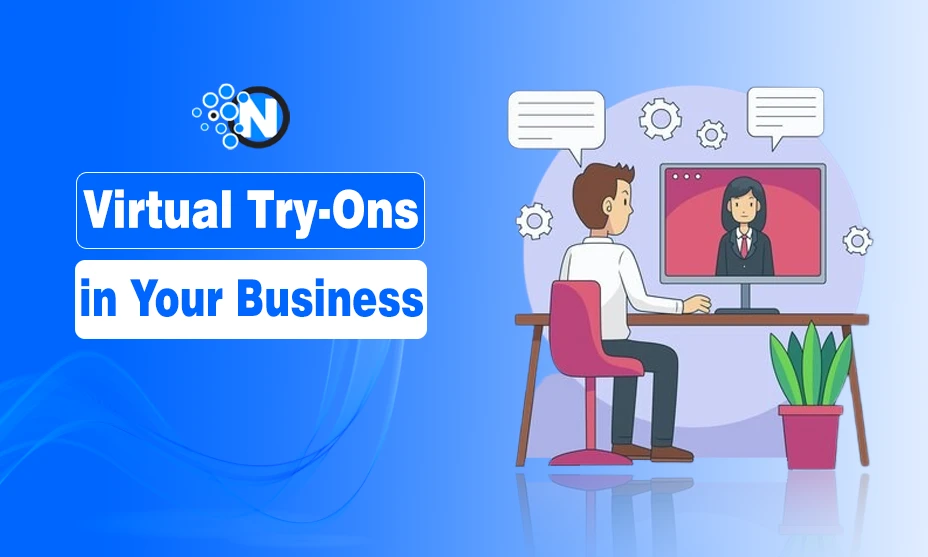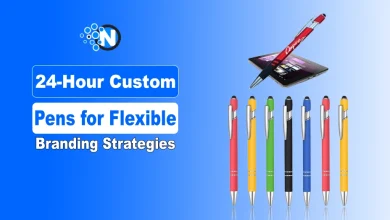
How often have you shopped online, noticed the outfit that seemed your perfect fit, but ended up finding out it didn’t look on you in real life as good as you imagined? If you have had such a situation at least once, you know, like nobody else, how disappointing this experience can be. However, brands and companies are aware of this issue and are doing their best to help their customers feel more confident in their purchases. This is where technology steps in, particularly with virtual try-ons software.
This cool tool allows its users to try on anything, from clothes to makeup, without leaving their homes. Have you ever tried on an evening dress or suit in your pajamas? Now you CAN with the help of this software.
However, no matter how exciting all this sounds, there are still challenges brand and company owners should overcome to integrate this tech into their business. This way, let’s take a look at some common problems companies may face during the implementation process and some tips on how to solve them.
Problem 1: Getting the Fit and Look Right
Virtual try-on software technology relies heavily on augmented reality (AR), which superimposes digital items—like clothes or makeup—onto your real self. The challenge here? It has to look realistic. You don’t want to “try on” a shirt that hovers awkwardly off your body or lipstick that doesn’t quite stay on your lips. That’s just asking for a giggle! For example, a perfect red dress on screen might appear orangish in real life.
Similarly, if the software doesn’t get body measurements right, a perfectly fitted jacket can seem oversized or too small. Getting the AR to line up perfectly with a person’s face or body is tricky. If it’s slightly off, it can lead to a disappointing or downright funny experience—though not the kind of funny that makes you want to buy the product.
Solution:
Invest in high-quality software that uses advanced 3D modeling. This technology allows for more precise measurements and color accuracy. There are programs that even use artificial intelligence to learn from past data, meaning they get smarter and more accurate over time. Also, make sure to offer clear sizing guides and encourage users to input their real measurements for better results.
Tip: Just like in a real store, encourage customers to check out more than one size if they’re unsure. Virtual try-on can make this extra fun—why not “try on” a few outfits in different sizes just to see how they look?
Problem 2: Dealing with Technology Limits
Not every customer has the latest phone or the best internet connection, and this can cause problems when using virtual try-on tools. Some apps or websites require strong internet speeds or high-performance devices to run smoothly. If the software is slow or keeps crashing, customers will likely give up.
Solution:
Choose a virtual try-on solution that is lightweight and works well across different devices. Many companies are developing apps that can function even on older phones. Ensure your website is optimized for speed and performance, and test it on different devices before launching. Offering a simpler, lower-quality version of the try-on feature for customers with slower internet could also be helpful.
Tip: A little humor goes a long way here. If the software is loading a bit slowly, a playful message like, “Hang tight! We’re getting your outfit ready to wow you!” can make the wait more bearable.
Problem 3: Gaining Customer Trust
Asking people to trust you with their credit card info is one thing, but asking for their body measurements and facial data is a different story. “Wait, why does this app want to see my face?” they might ask. So, some people may feel uncomfortable with this, worrying about privacy and data security.
Solution:
The info about how you handle customer data shouldn’t be a secret. Let users know that their photos or measurements won’t be stored or shared with third parties. Imagine it like this: you wouldn’t want to try on clothes in a fitting room without a door—so always make sure customers feel like they’re shopping in a secure, private space.
Tip: A fun and lighthearted message can help. For example, “Don’t worry, we only need your camera to show you the goods—no spying, promise!”
Problem 4: High Implementation Costs
Virtual try-ons software can be expensive, for smaller businesses in particular. From buying the software to maintaining it and hiring skilled staff, the costs can add up quickly.
Solution:
Start small and scale up. Many software providers offer different pricing levels. You can begin with the basic features and upgrade as your business grows. Some services charge only when customers use the try-on feature, so you don’t have to pay upfront for everything.
Tip: Think about it as an investment in making your customers happier and keep in mind that this will boost your income in the long run.
Problem 5: Encouraging Customers to Try It
Even if your virtual try-on tech is one of the best on the market, convincing your customers to use it can be pretty challenging. The reasons may vary greatly. Some shoppers may feel more comfortable with traditional methods, while others may simply be unaware of the benefits.
Solution:
Make sure your virtual try-on is easy-to-use! The instructions should be as clear as possible. Also, you should show your clients all the benefits of this magical tool. Consider adding videos or demos that show the software in action; another idea may be to offer a discount or reward for first-time users to motivate them to give it a go.
Tip: Gamify the experience! Add features like “Share your virtual outfit with a friend!” or “Create a virtual lookbook of your favorite outfits.” People love to play around with their style, especially when there’s no pressure to buy immediately.
All in all, integrating virtual try-ons software into your business strategy may be a real challenge. But think about the rewards! Aren’t they worth it?




